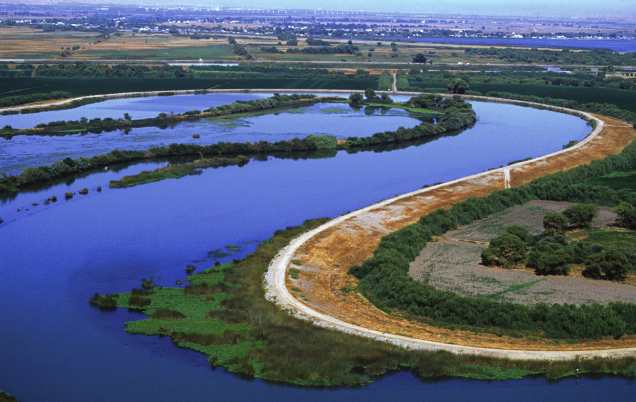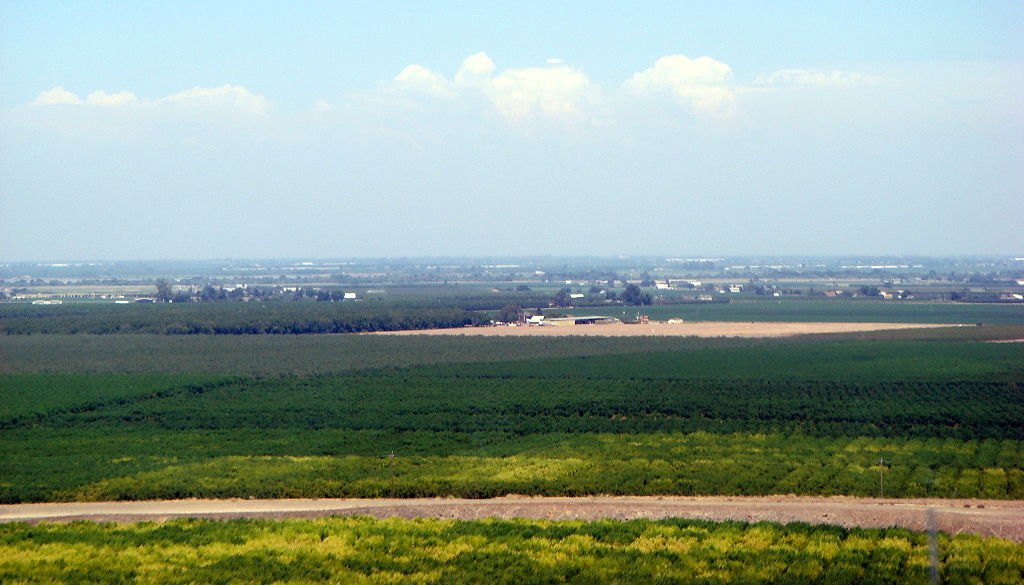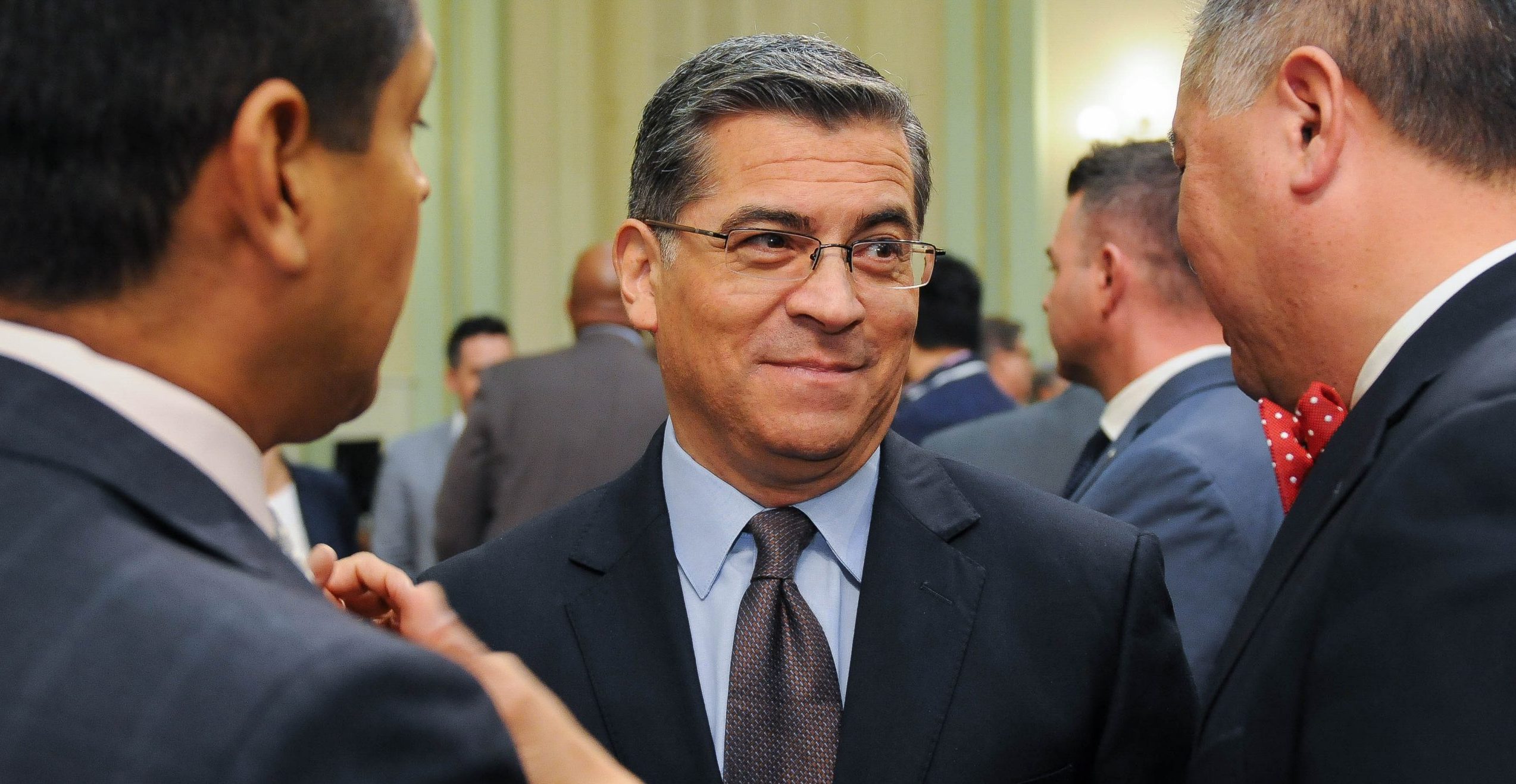
California Bay Delta water (Photo: USGS.gov)
California ‘Water Efficiency’ Myths Debunked Again
Peter Gleick Challenges Trump’s ‘Common Sense’ Policy
By Wayne Lusvardi, July 31, 2020 2:15 am
At a December 6, 2019 meeting at the White House with the Small Business Roundtable, Pres. Donald Trump made the following remarks about “opening up” national standards for water efficient bathroom fixtures and appliances:
“We’re using common sense. We have a situation where we’re looking very strongly at sinks and showers and other elements of bathrooms where you turn the faucet on — in areas where there’s tremendous amounts of water, where the water rushes out to sea because you could never handle it — and you don’t get any water. You turn on the faucet; you don’t get any water. They take a shower and water comes dripping out. It’s dripping out — very quietly dripping out. People are flushing toilets 10 times, 15 times, as opposed to once. They end up using more water. So, EPA is looking at that very strongly, at my suggestion.”
In a July 24, 2020 response, Peter Gleick, PhD from U.C. Berkeley, former president of the Pacific Institute for water policy in Oakland, California, challenged Trump’s “common sense” policy in, “Donald Trump’s Water Problem”.
Gleick ridicules Trump’s recent complaints in his speeches about unnecessary water conservation policies of having to flush “toilets ten times, 15 times, as opposed to once” and shower heads and dishwashers that don’t work. Gleick takes pot shots back at Trump for his obvious, but serious, kidding about water policies in California and his self-deprecating comments about his vanity over his hair. Gleick sees such humorous comments by Trump about water conservation policies as “not funny” and “nonsense”.
However, as will be explained below, Gleick employs virtue signaling when he writes:
“It’s easy to mock drippy showers or clogged toilets, but what’s being mocked are efforts to modernize our industries and technologies simply because of the mistaken idea that we should go back in time to the old, inefficient.”
Ring Ring
But is Trump right about the more-working-class-view that water efficient plumbing fixtures and appliances are unnecessary and costly? Using data from Ed Ring, of the California Policy Center and regular contributor to California Globe, Trump would be closer to the truth because 93 percent of human consumption of water is for food and only 7 percent for residential and personal usage.
Water Use per California Household (adapted from Ring)
|
Acre Feet of Water (football field of water 1-foot high) |
Percent (%) |
Category |
25% conservation standard |
|
3.9801 |
93.1% |
Consumption of embedded water in food |
N/A under current standards |
|
0.2888 |
6.9% |
Residential water consumption |
1.72% (0.07-acre foot) |
|
0.0016 |
0.04% |
Human hydration (drinking) |
0.01% (0.0004-arce foot) |
|
4.1806 |
100% |
0.0704-acre foot total saved water |
Ring puts the above numbers into perspective:
“Put another way, we divert 65 million-acre feet of water each year in California for environmental, agricultural and urban uses, and the recommended 25% reduction in water usage by residential customers will save exactly 0.9 million-acre feet – or 1.4% of our total statewide water usage. One good storm easily dumps ten times as much water onto California’s watersheds as we’ll save via a 25% reduction in annual residential water consumption.”
The above table indicates that if a household were to conserve 25 percent of its indoor and outdoor water, it would amount to 7/100ths (0.07) of one-acre-foot of total system water in a year; a mere drop in the bucket.
Ring concludes:
Ring also points out that if a household were to greatly reduce water use, one way would be to stop eating animal protein. But those who eat only plant protein (e.g., rice protein) in non-industrialized countries can end up with emaciated bodies and rickets. Moreover, plant protein cannot offset age-related muscle loss. And while too much red meat can lead to cardiovascular disease, conversely a vegan diet often results in kidney and liver disease and kidney stones in non-western countries.
So, virtue signaling about water conservation by the Information Class is overblown and the amount of water that can be saved by low-flow toilets and appliances is not significant. Conservation may be the cheapest alternative for producing potable water, but it does not result in a significant increase in water supply, and thus increases water rates.
According to the Public Policy Institute of California (PPIC), one of the big myths about California water is that “we can conserve our way out of California’s water problems.” Almost all urban water returns to the water system as treated wastewater.
Even urban outdoor water conservation is often “thoughtless” according to Ring. Converting a lawn into xeriscape does not recharge the underground water table. And in hot climate areas lawns and swimming pools cool down the walls of homes resulting in greater energy savings from air conditioners.
To those living in mild climate areas, lawns and swimming pools do not serve the same function as homes in hot climate regions. In fact, lawns and vegetation reduce the “urban heat island effect.” Coincidentally, the hot areas of the state tend to be Republican and working class.
Urban Sprawl Can Reduce Water Wars
Advocating urban-coastal water policies for inland hot-arid areas, that incidentally have more local water supplies, won’t conserve much water because human development is along the coastline while groundwater is mainly inland. Suburban sprawl would tend to disperse households to inland areas where greater groundwater resources are.
Urban sprawl policies lead to less dependence on imported water supplies and grabbing water from farmers and heightened water wars.
Bottom line, even if newer low flow toilets do work better, there is some truth to the old working-class joke that water saving toilets that require flushing twice do not save much net water over the “old fashioned” toilets. This is closer to the larger truth than the water conservation ideology of the Information Class who claim their water efficiency policies are morally superior and scientific, albeit negligible except for raising water rates.
- Peter Gleick’s National Water Plan for California - October 12, 2020
- Court Opens Up Big Prop.13 Loophole for ‘Public Franchise Fees’ - October 2, 2020
- New Cal Grid CEO is Ex-Enron Green Power Trader - September 29, 2020





Flush ten times as it is a long ways to Sacramento 😉
Ha ha! You said it, CW.
Also thanks to Wayne Lusvardi for the water myth-busting.
Heck with Peter Gleick, anyway. He should be mocked 24/7; that is if anyone has the time, energy, and stomach to even spend one moment thinking about him.
Although I agree with Ed Ring’s conclusion, his figures of what Ag uses in percentage is wrong. Where is the amount that gets flushed to the ocean/environmental figure? He, like many others, don’t include the percentage for Environmental use. The true figure is more like environment a 50%, Ag use 40% and people 10%.
Very astute comment. Environmental water is embedded in Ring’s numbers.
Go to his article “California’s Misguided Water Conservation Priorities”
Ring used the state Dept. of Water Resources data – AVERAGE YEAR
Millions Acre Feet Percent Category
150 100% dry Rainfall dry year
300 100% wet Rainfall wet year
31 48% Environment
27 42% Agriculture
6.6 10% Urban
What DWR and academics have done is create categories of water usage that omits the fact that we consume the most water in our food. So we have heard for decades that “greedy” farmers use 80% of developed water in California. But that 80% is converted into food that is consumed by everyone, not solely by farmers. So, actual human usage of water is 42% ag + 10% urban in an average year.
It is disappointing to see Lusvardi misuse data, misrepresent information, as well as use all sorts of ugly political dog whistles (‘virtue signaling”? “Information class”?) to try to make his points. The reality is that water efficiency technologies save real water, save energy, and save money for consumers. You can play numbers games all you want — and this essay is full of numbers games — but improving the efficiency of water use in all our end-uses — from homes to farms — has already been incredibly effective in California and nationwide, and the potential for even more savings is enormous. Being water smart isn’t political — or it wasn’t until Trump and now Lusvardi made it so.
Dr.Gleick
We’re waiting for your numbers.